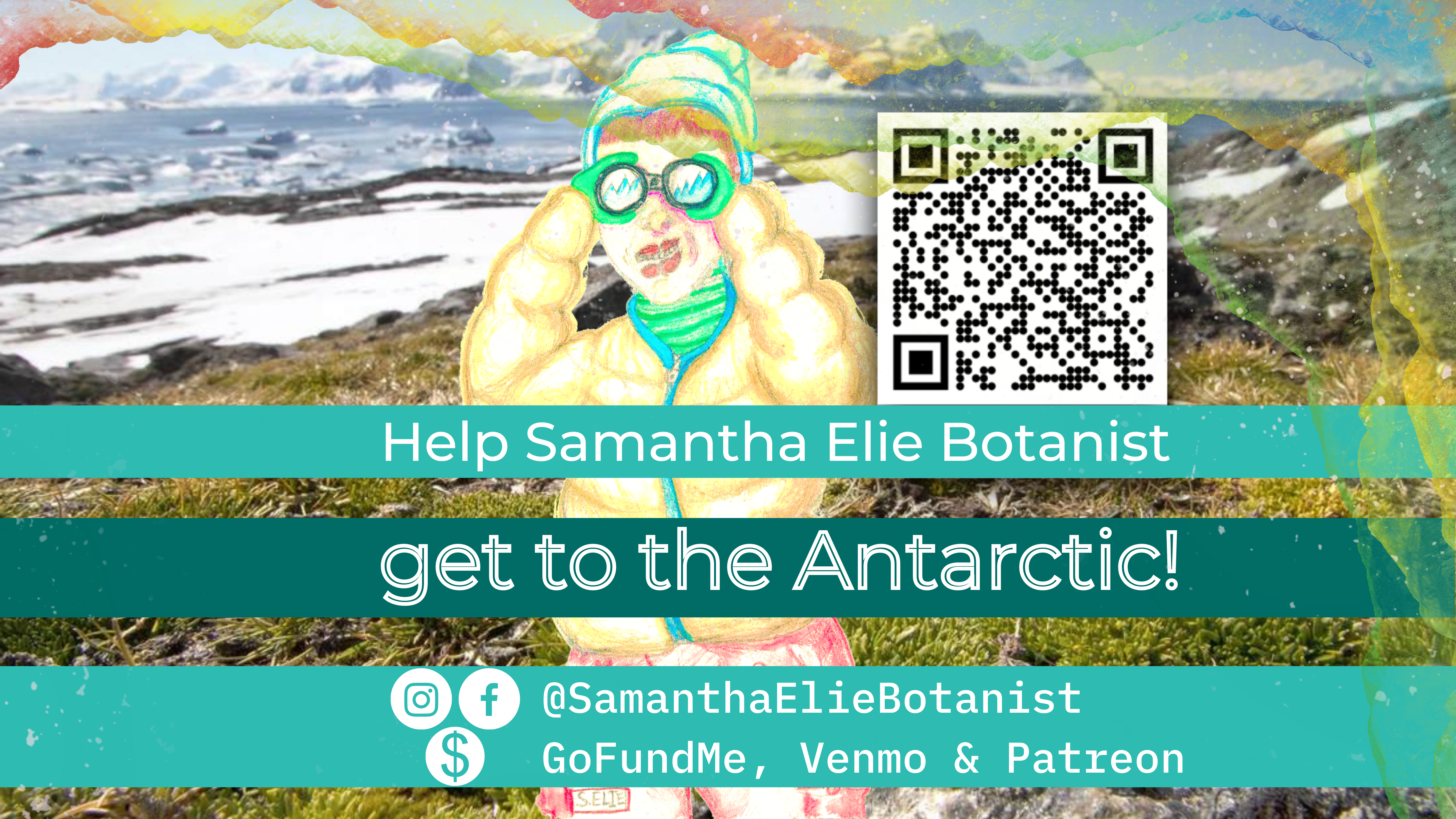What Does A Botanist Have To Do In Antarctica?
Samantha Made It!
From November 12th - December 1st 2023 Samantha was on expedition in the Antarctic! During that time, they lived aboard a ship with some of the world’s premier academics, policy makers, business heads, and philanthropists. They were the most junior person on this mission. Now they are writing their first book about this voyage and the science along the way. Learn more about the project here!
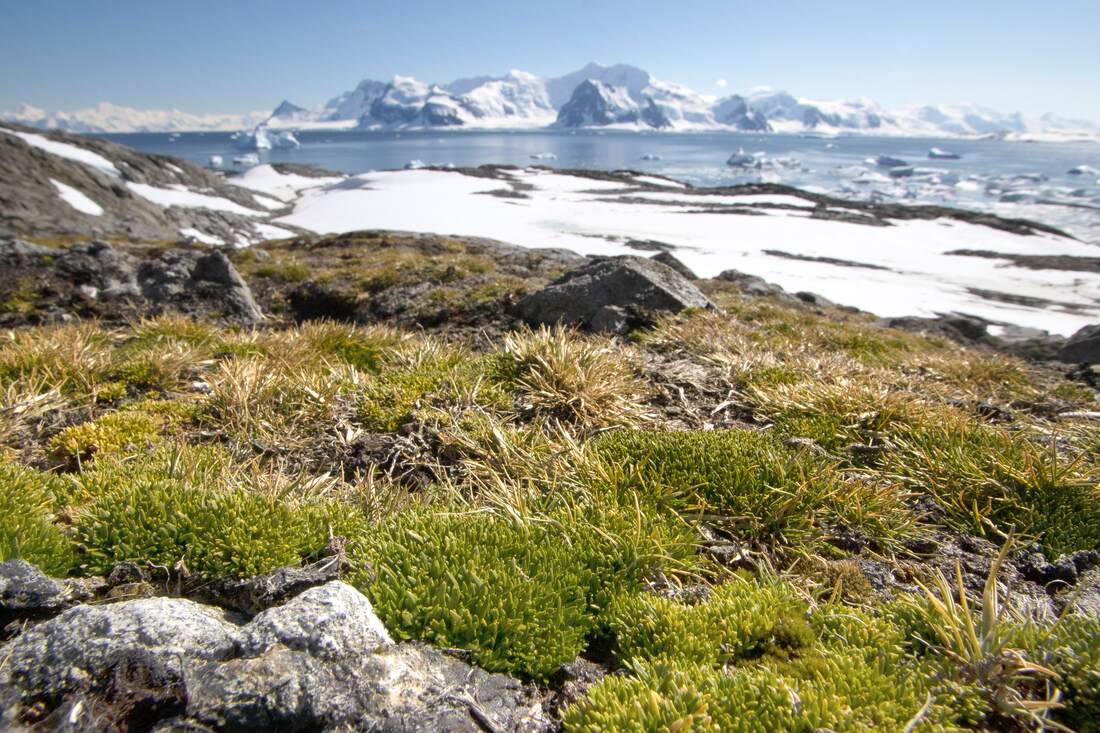
Equitable Leadership and Critical Botany
I believe that plants can change the world. While in Antarctica I will study two native vascular plant species — Colobanthus quitensis and Deschampsia antarctica, pictured left — in addition to hundreds of mosses and lichen. To harness their power for global betterment, I have embarked on continuous efforts to progress research, my education, and work toward gender equity in science and leadership. Research shows this helps us all — plants included.
This is the ultimate opportunity to take my work to the next level.
In Antarctica, I will research, explore, and collaborate with like-minded leaders for the good of our planet on the global stage. The Homeward Bound Project chose me to participate for my past and potential impact as a leader in science and my community. For 20 days aboard the ship, my cohort will foster great global change by deepening our individual and collective understanding of fruitful leadership and our earth’s systems.
Homeward Bound
The Homeward Bound Project is a leadership initiative that aims to increase the influence and impact of women and non-binary people in decision-making to shape our planet. Each year Homeward Bound selects 100 remarkable women and non-binary people from around the world to join the all-female program that improves and draws attention to the systemic lack of gender equity in leadership positions. The year-long structured program culminates in a three-week intensive training on expedition to Antarctica. Learn more about my Homeward Bound experience in an article I wrote — linked here!
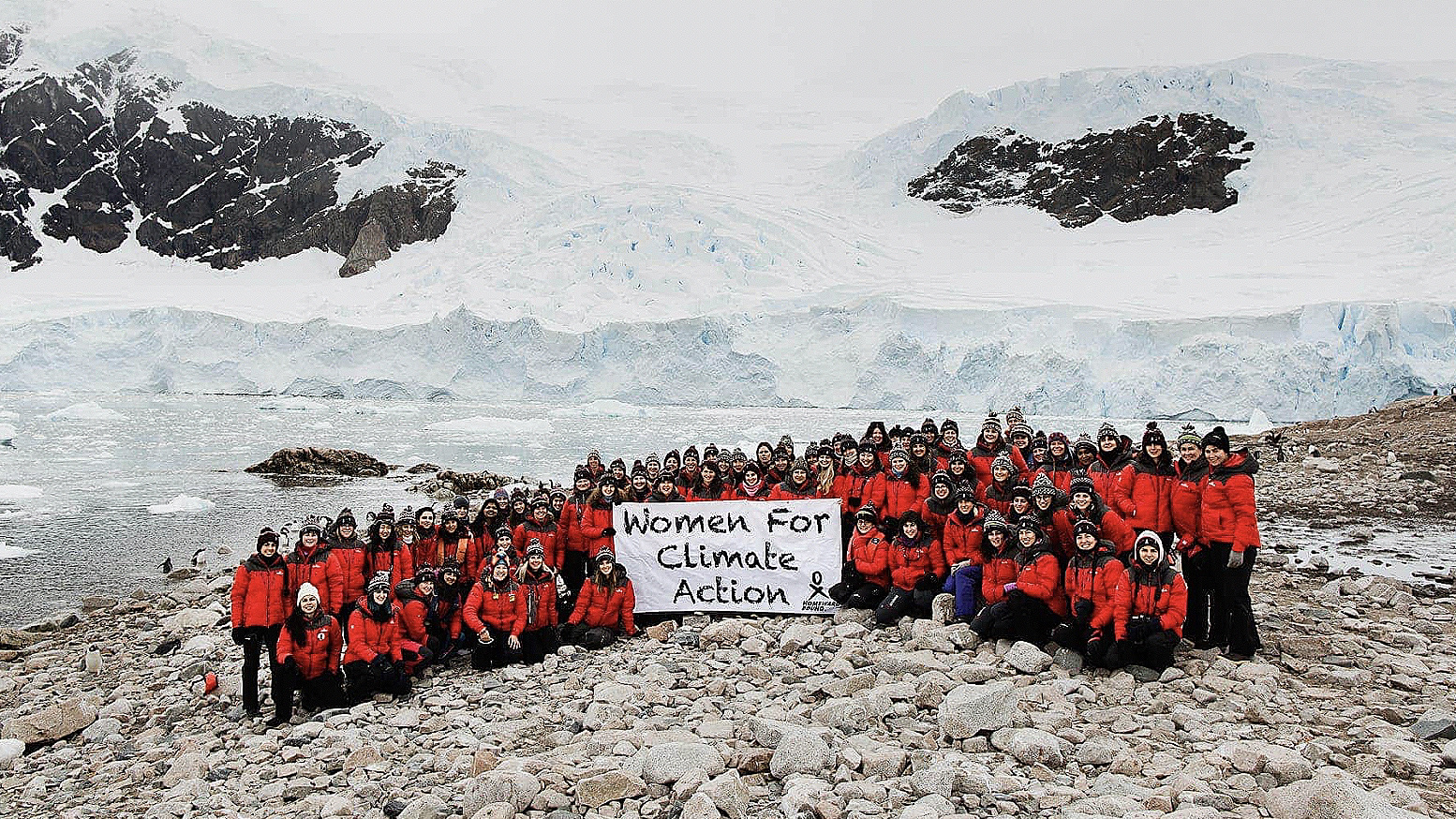
In my opinion, there are endless reasons to visit Antarctica.
I have a lifelong dream of learning on all seven continents — Antarctica is number six and by far the most difficult to reach. The life that exists there is resilient to major fluctuations in temperature, harsh winds, minimal moisture, and generally some of the most ferocious circumstances earth has to offer. I marvel at their adaptive strategies and know they hold lessons that can help elsewhere on the planet.
Additionally, this journey enables an immersive experience where I will build leadership, peer-coaching, problem-solving, and collaborative skills with Homeward Bound program mentors, faculty, and alumni guidance. This once-in-a-lifetime opportunity will set off a vibrant cascade to positively impact my career, countless individuals, research studies, plants, and ecosystems.
This is my chance to not only learn on the bottom of the world but study in that extraordinary place with the top minds of our time. The Homeward Bound community chose this setting for very intentional purposes.
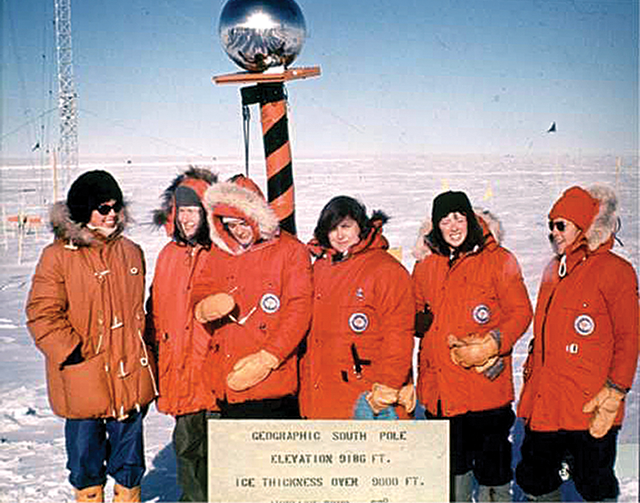
Continent for peace and science?
Antarctica is the continent for peace and science, yet females were not allowed to research on the mainland until 1969. That year, Pam Young, Jean Pearson, Terry Tickhill Terrell, Lois Jones, Eileen McSaveney, and Kay Lindsay, pictured left, were the first six women to reach the South Pole in modern history. Until then, femmes ventured to the Antarctic as wives and child bearers or were restricted to offshore and island work. Homeward Bound led the first all-female, international, working expedition to the Antarctic and together, we are making massive steps for humankind.
Understudied global barometer
Antarctica is a barometer for the rest of our planet, yet still little is understood about the roles it and the Southern Ocean play and how we are impacting them. There are endless questions to be addressed in all STEMM fields. Since men had exclusive question asking rights on Antarctica until 1969, non-male question-askers provide novel lenses as they set new queries. Diversity increases the impact of whole bodies of research.
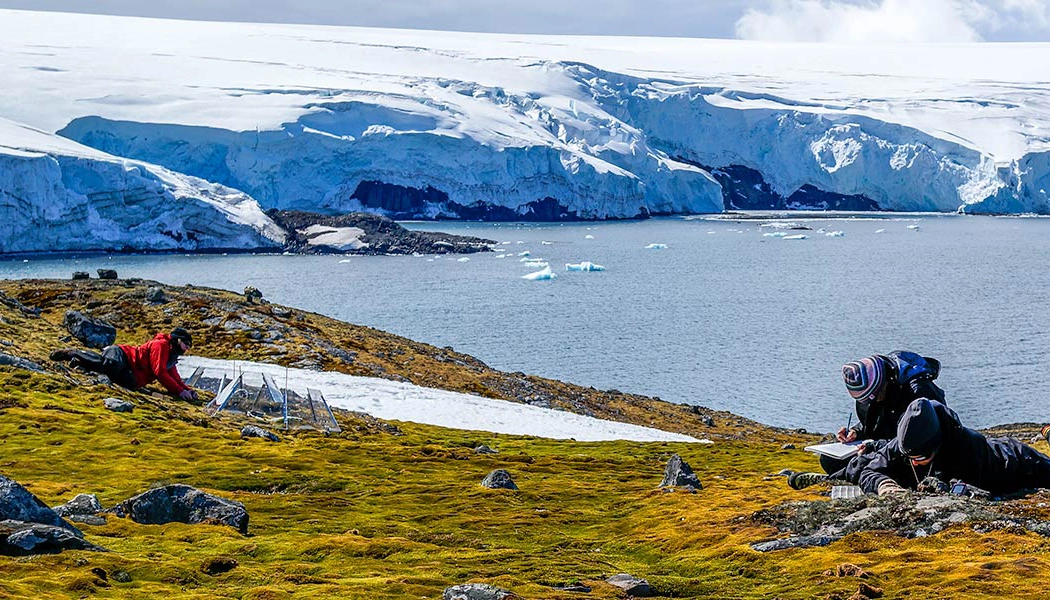

Isolation and extreme environment
Antarctica presents real challenges of isolation and teamwork for the collective to navigate, which cannot be workshopped or simulated in a conference environment. Engaging with teammates in Antarctica will allow ideas and trust to be built in ways impossible remotely. Engaging with one another in person in such a consequential setting will allow HB6 to actualize how we are stronger together and forge dynamic solutions to the wicked problems surrounding our planet.
